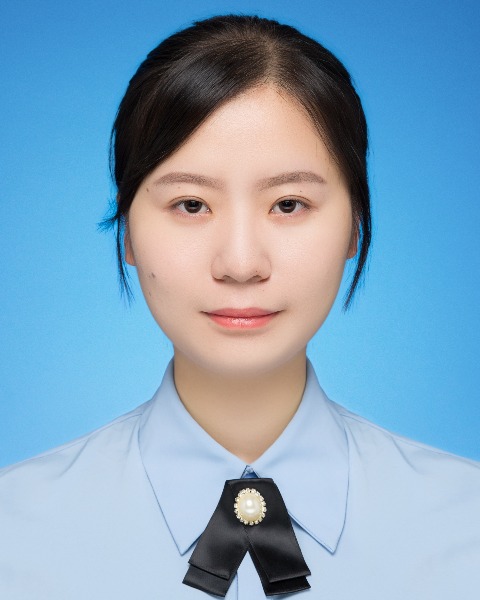Neonatal GI Physiology & NEC 3
Session: Neonatal GI Physiology & NEC 3
691 - Study on human milk-derived exosomes in protecting from neonatal necrotizing enterocolitis by regulating the ferroptosis of intestinal epithelial cell
Monday, April 28, 2025
7:00am - 9:15am HST
Publication Number: 691.6921
Xiangyun Yan, Department of Pediatrics, the Women's Hospital of Nanjing Medical University, Nanjing, Jiangsu, China (People's Republic)

Xiangyun Yan, doctor
graduate student
Department of Pediatrics, the Women's Hospital of Nanjing Medical University
Nanjing, Jiangsu, China (People's Republic)
Presenting Author(s)
Background: Necrotizing enterocolitis (NEC) is one of the most common gastrointestinal emergencies in newborns.Presently, it is necessary to further explore the pathogenesis of NEC to seek effective treatment and intervention measures.
Objective: To validate the role and mechanism of HM-Exo in regulating ferroptosis to ameliorate NEC at cellular and animal levels.
Design/Methods: The fat and other impurities in the collected human milk were removed by gradient centrifugation to obtain human milk extracellular vesicles. At the animal level, we construct NEC animal model by intragastric administration of cold stimulation, hypoxia and hypertonic milk, and give HM-Exo intragastric intervention. Taking IEC6 cells as the research object, we used lipopolysaccharide (LPS) to induce the construction of NEC in vitro research model, and then gave HM-Exo intervention.
Results: The morphology and particle size of HM-Exo obtained by gradient centrifugation were consistent with the characteristics of exocrine body: 1. typical vesicle morphology was observed under transmission electron microscope; 2. The average particle size of the exocrine was 135.9 ± 70.8 nm. 3. Western Blot assay showed that HM-Exo expressed secretor-specific markers CD9 and CD63 and without negative markers CANX. In the animal level experiment, HM-Exo can alleviate intestinal ischemia and necrosis, improve the survival rate of newborn rats in NEC group and reduce the degree of pathological damage of NEC intestinal tissue, lower the content of MDA and Fe2+in the intestine, lower the expression level of ACSL4 in intestinal tissue than that in NEC group, and increase the expression level of GPX4 than that in NEC group. In the cell level experiment, it was found that compared with LPS group, the intervention of Fer-1 could partially restore the cell proliferation ability, reduce the level of ACSL4 expression water, increase the level of GPX4 expression, reduce the content of MDA and Fe2+ in cells, and partially restore the mitochondrial membrane potential.
Conclusion(s): We can stably extract extracellular vesicles from human milk by gradient centrifugation, which are consistent with the basic characteristics of exocrine body. At the level of cell and animal models, HM-Exo showed significant improvement in the development of NEC, suggesting that exocrine is an important active component of breast feeding in the prevention and treatment of NEC. Further mechanism study: HM-Exo can inhibit the occurrence of ferroptosis in NEC intestinal epithelial cells by regulating the expression of ACSL4 and GPX4, thus playing a protective role in preventing and treating NEC.

